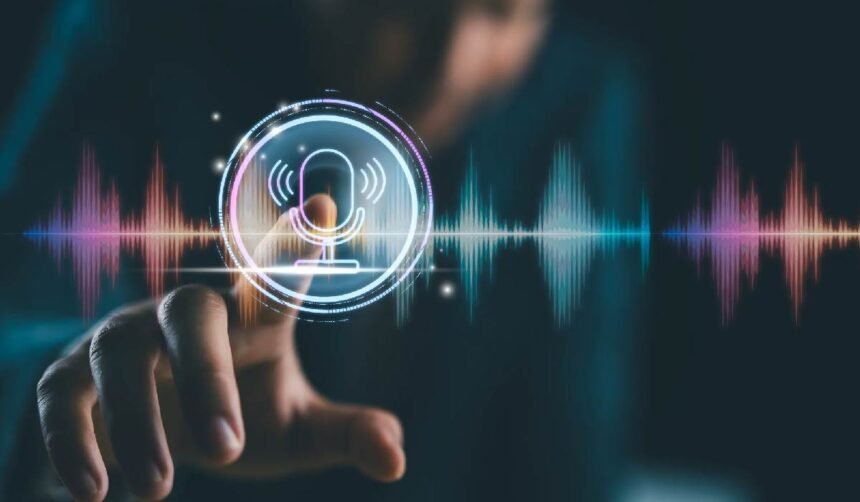The land of Vocal AI is changing day by day, new ideas every single day, and new technological breakthroughs are just insane. In this post, we will discuss the five trends in Vocal AIs that are the most important and have the power to change the sectors and human-technology interaction in the next year.
Trend #1: Hyper-Realistic, Real-Time Voice Conversion
A very big transformation is about to happen; no more pre-recorded sound, but rather instant voice change. The new generation of Vocals AI tools is all about real-time voice conversion that lets a person talk through a microphone and have their voice transformed into a totally different voice in no time at all. This holds great potential for gaming (for example, talking as your character), virtual events, and even real-time dubbing of live content, thus eliminating language barriers as they occur.
Trend #2: Emotional Control and Performance Tuning
The following frontier is not merely the creation of a voice but the directing of its performance, akin to a vocal coach. New platforms are taking the lead and are presenting controls that empower users to adjust the output in an extraordinary way. You won’t just write text, but you will also be able to:
- Set the emotional intensity (for example, “express it with the ultimate excitement”).
- Dictate the intonation and by this, point out certain words.
- Individually modify the tone and tempo of each phrase for flawless delivery.
Trend #3: Cross-Lingual Voice Cloning.
Brace yourself for an incredible technological leap: the capability to speak in a different language with your voice. The technique of cross-lingual voice cloning allows the individual to submit an audio sample in a particular language (like English), and the AI will produce vocal output in another language (for example, Japanese or Spanish), keeping the distinctive quality and traits of the original voice of the speaker. It will be a new era for global content and communication with the power of technology beyond imagination.
Trend #4: The Rise of Federated Learning for Privacy
Can AI models benefit from user data even if they don’t have direct access to it? The answer is a resounding yes, and it comes in the form of Federated Learning. With this, the core AI model is placed on the user’s device (say, your cellphone), where the vocals AI learns from the local data. After that, the model sends a summarized update to the central server without the original data being sent. This approach, which protects users’ privacy, enables the global AI to become better with the help of user data, and this is going to be one of the biggest trends.
Trend #5: The Push for Controllable, Expressive Synthesis
Finally, the trend is a vocal AI attack which directly hits its main weakness: the absence of detailed control. The tools of the next generation, known as “Controllable” or “Expressive” TTS, will not be limited to plain text input anymore. Rather, they will enable the user to give the performance directions—similar to a director instructing an actor—by naming the exact emotion, the level of intensity, and the manner of speaking for each and every word, thus closing the gap between generation and real performance, finally.
Conclusion
Trends in Vocal AI, observed in the past, are already indicating a future with more realistic, more control, and easier access to the technology. The tech is being very fast in breaking down its past restrictions from real-time voice conversion and cross-lingual cloning to privacy-preserving learning models. The differentiation between humans and synthesizers will be less distinct, which will lead to the next few years being a crucial and thrilling time for the whole field.







